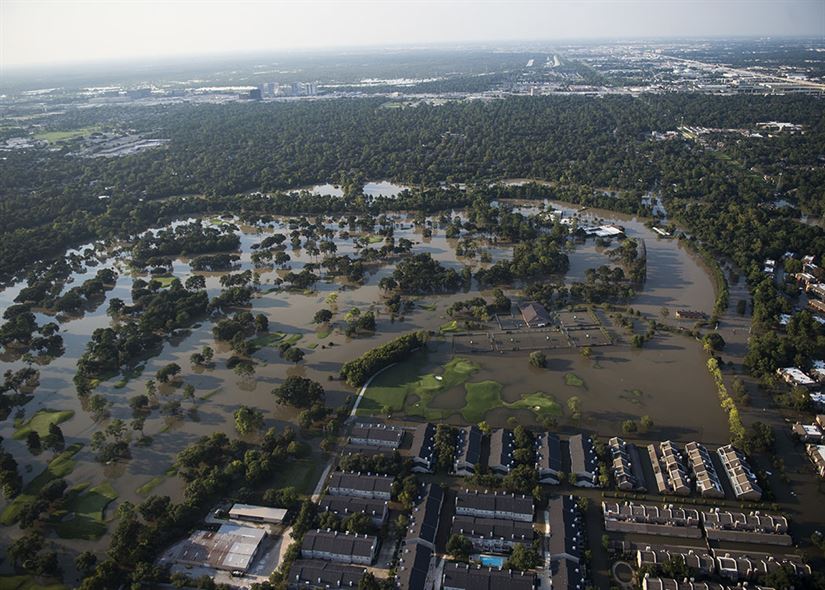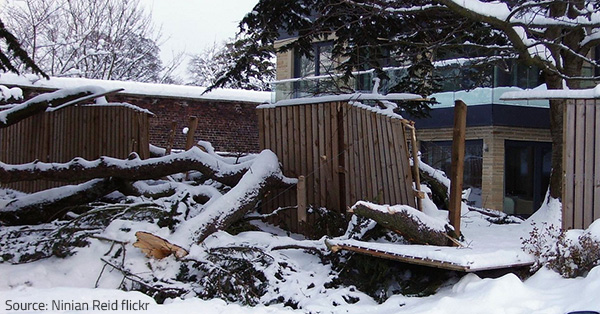Understanding How Hurricanes Form and How to Protect Yourself
Hurricanes are massive storm systems characterized by swirling winds and torrential rainfall. These tropical storms can be incredibly dangerous and cause significant damage to buildings and infrastructure, resulting in loss of life and property. Hurricanes can develop quickly and with little warning, making them especially challenging to prepare for. In this blog post, we will look at all aspects related to the formation of hurricanes—from what conditions create them, how meteorologists predict when and where they will strike, as well as what steps you can take to ensure your safety if one approaches your area. An understanding of the life cycle and causes behind hurricanes is a key part in staying safe during these potentially devastating natural disasters.

How Hurricanes Form
Hurricanes are complex and powerful storms that develop over warm ocean waters and have the potential to cause catastrophic damage and loss of life. For a hurricane to form, a specific set of conditions must be present. These include warm ocean temperatures, moist air, and converging winds. As warm air rises and cools, it releases heat, which fuels the storm’s development. Once these conditions are met, the hurricane begins to form in stages, starting as a tropical depression and gradually strengthening into a tropical storm before reaching its full potential as a hurricane. Depending on the location and intensity of the storm, hurricanes can be categorized into five different types. From the devastating power of a Category 5 to the lesser impacts of a Category 1 storm, each type has unique characteristics that differentiate it from the others. Understanding the conditions necessary for their formation and the different types of hurricanes is crucial in preparing for and responding to these potentially destructive forces of nature.
Understanding Hurricane Categories
The Saffir-Simpson hurricane wind scale is a vital tool for understanding the severity of hurricanes. It classifies hurricanes into five categories based on the wind speeds they produce. Category one hurricanes have wind speeds of 74-95 mph, while category five hurricanes can produce wind speeds of over 157 mph. Each category represents an escalation in wind speed and potential damage, making it crucial to understand the differences between them. In the past, category five hurricanes like Hurricane Katrina and Hurricane Michael have wreaked havoc and caused extensive damage, underlining the importance of preparing for the worst-case scenario. Understanding the Saffir-Simpson hurricane wind scale can save lives and property during hurricane season.
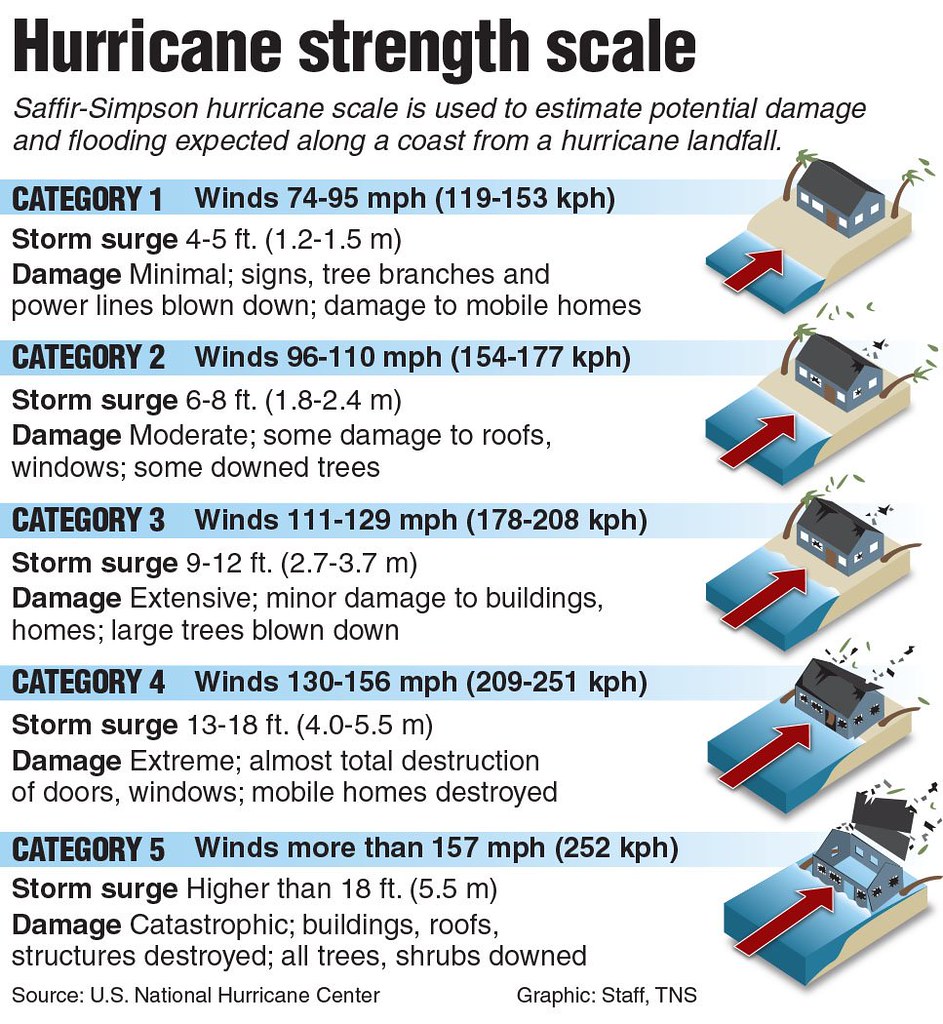
How to Prepare for a Hurricane
When a hurricane watch or warning is issued, it’s crucial to take immediate action to protect yourself, your family, and your property. One of the best ways to prepare for this type of event is by having a well-stocked emergency kit that includes essentials like non-perishable food, water, first aid supplies, and medications. In addition to having supplies on hand, it’s also important to have an escape plan in place and to make sure all family members know what to do in the event of an emergency. Along with preparing yourself and your loved ones, taking steps to secure your home and property can help minimize damage and keep you safe during a hurricane. From boarding up windows and doors to securing loose outdoor items, there are numerous steps you can take to protect your home before a storm hits.
What to Do During a Hurricane
Amidst storms and natural disasters, the safety of you and your loved ones should always be the top priority. This is why it is crucial to know the guidelines for staying safe inside your home during these events.
One important step is to stay updated on the storm’s progress, as well as any alerts and warnings issued by local authorities. Information can easily be obtained through the radio, TV, or internet. Another important consideration is how to respond when evacuation becomes necessary. Have a plan in place beforehand and stay in contact with local authorities to ensure your safety, whether you are evacuating or seeking shelter within your home.
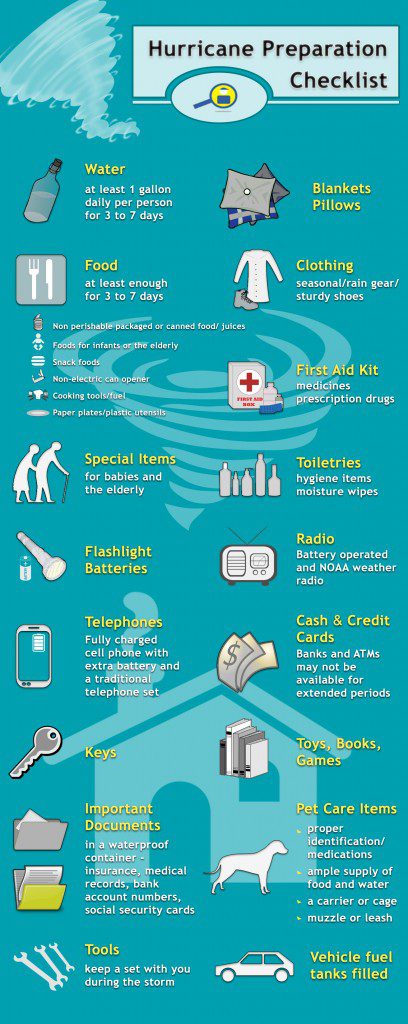
After the Hurricane
After a severe storm, it’s essential to assess any damage to your property and take the necessary steps to address it promptly. Start by taking pictures of the damage for documentation purposes. If your home has significant damage, do not attempt to make any repairs yourself, as it can be risky and result in further harm. Instead, contact a licensed contractor who can assess the damage and repairRepair is the act of fixing or restoring damaged property, m... More it accordingly.
Hurricanes can be devastating, and it’s imperative to ensure you can recover your losses through insurance claims. You’ll want to report damage immediately and document everything with photos and written notes to support your claim. Start by contacting your insurance company to secure a copy of your policy and find out which damages your policy covers. You’ll need to send the documentation to the adjuster, who will investigate the claim for approval or denial. The adjuster will also be assessing the cost of repairs, the extent of the damage, and the validity of any deductibles or coverage limits. You must keep up with all developments and provide the necessary information to aid the investigations. Finally, if your insurance company denies your claim or suggests less compensation than expected, you can file an appeal, negotiate with an adjuster, or contact an attorney with experience in hurricane damage claims.
This process can feel overwhelming, but it’s essential to ensure that your property receives the proper care it needs. When coping with the aftermath of a storm, be sure to practice self-care and seek support from friends and family if needed. Remember, safety comes first, and taking the time to assess and address any damage can help ensure a smoother recovery process.
Hurricanes Q&A
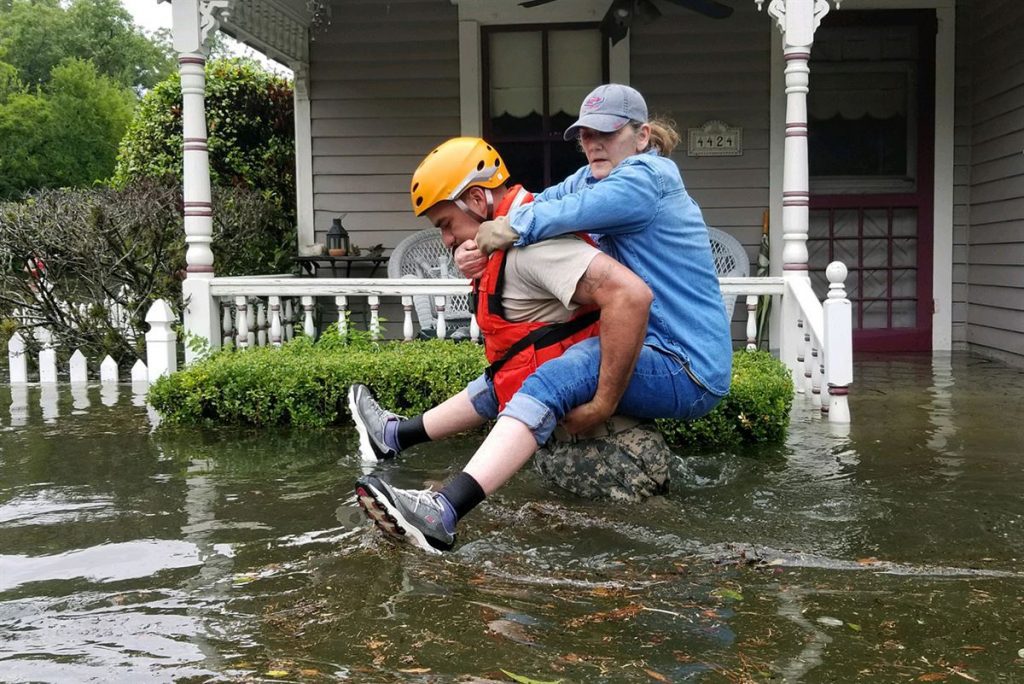
What is the difference between a hurricane and a typhoon?
The terms “hurricane” and “typhoon” are often used interchangeably in the media, but there are some important differences between these two weather phenomena. Hurricanes and typhoons are both tropical cyclones, which means that they are rotating storms that form over warm ocean waters and bring strong winds and heavy rain. However, the main difference is their location. Hurricanes typically occur in the Atlantic Ocean or the eastern Pacific Ocean, while typhoons are found in the western Pacific Ocean. Additionally, typhoons tend to be stronger than hurricanes, with wind speeds that can exceed 180 miles per hour. Regardless of their location or strength, these storms can be incredibly dangerous, and it is important to stay informed and take precautions when they are in the forecast.
What fuels a hurricane?
Hurricanes are fueled by a combination of factors, but the primary force behind them is warm ocean water. As the sun heats the surface of the ocean, the warm, moist air rises, carrying energy and moisture with it. This energy is then transferred into the atmosphere, forming massive clouds, and driving the powerful winds that make up a hurricane. Other factors, such as wind shear and atmospheric pressure, also play a role in hurricane formation, but without warm ocean water, these storms would not be possible. Understanding the complex forces at work behind a hurricane is crucial for predicting and preparing for these devastating natural phenomena.
Where in the U.S. are hurricanes most common?
Hurricanes are powerful and destructive tropical storms that are a common sight in certain parts of the United States. These storms can wreak havoc on entire communities, shutting down power and transportation infrastructure and causing significant property damage. But where in the U.S. are hurricanes most common? The answer is not that simple, as different regions of the United States are impacted by hurricanes with varying degrees of frequency and intensity. According to historical data, the Gulf Coast and the Southeastern United States are most vulnerable to hurricanes, with Florida, Louisiana, and Texas being the states that get hit the hardest. However, hurricanes have been known to strike the East Coast and even the Great Lakes region, causing considerable damage and disruption.
All in all, hurricanes have the potential to be incredibly dangerous and destructive—both to private property and to personal safety. It is important to stay up-to-date on hurricane formation predictions, make sure you have the necessary supplies, and secure your home as much as possible to ensure that you are safe during a hurricane. In addition, following the instructions of local officials can help keep you safe by helping you avoid any areas that may be put under evacuation orders or that may become unsafe during a storm. If anything does happen and any damages occur, it is always good practice to call a flood damage cleanup professional for storm damage or water damage restorationWater damage restoration is the professional process of clea... More before taking matters into your own hands. Whether it’s preparing yourself for an upcoming hurricane season or during the aftermath of a strong storm, making sure that you are prepared now can mean fewer risks later.










